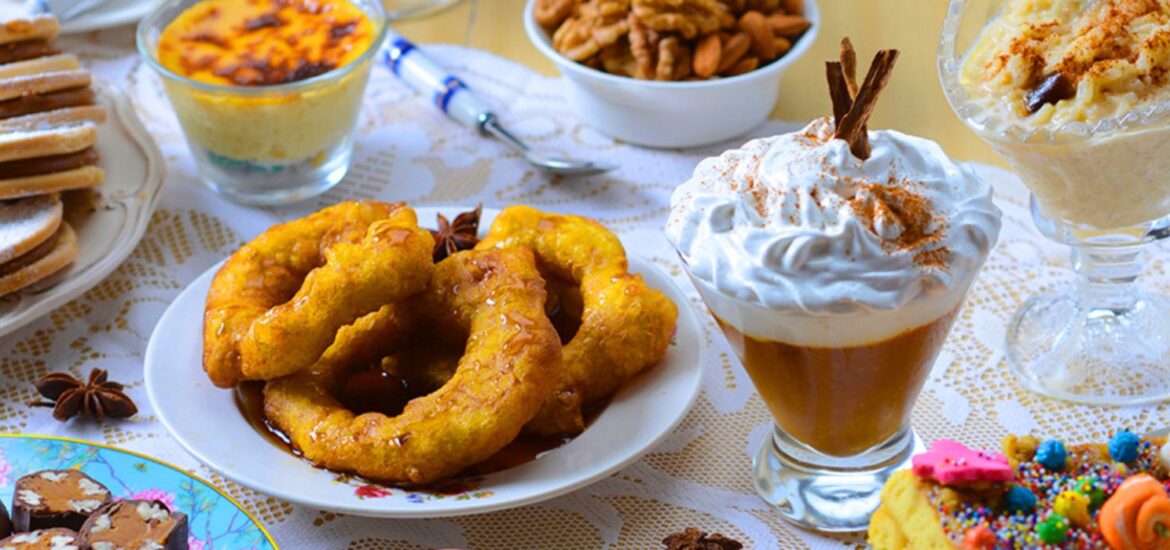This guide isn’t just for foodies or those with a sweet tooth—it’s for anyone eager to experience the most authentic Peruvian flavors, and love good food. While Peru is renowned for its world-class cuisine, it’s not just the savory dishes that steal the spotlight, our traditional desserts hold a special place in Peruvian culture, offering a taste of history and tradition in every bite.
In this blog, we invite you to explore the sweet side of Peruvian cuisine. From time-honored recipes to modern favorites, these desserts are a testament to Peru’s rich culinary heritage. Join us on this sweet journey as we uncover the best Peruvian desserts, their historical significance, and why they’re so cherished by us, Peruvians. Let’s dig into these sweet treasures!
Mazamorra
Mazamorra morada is one of the most old and classic Peruvian desserts. This purple corn pudding is eaten mostly in october, honoring the “Lord of the Miracles” festival. The star ingredient is the purple corn, adding fruits like pineapple, apple, or peach, including species such as cinnamon, cloves,
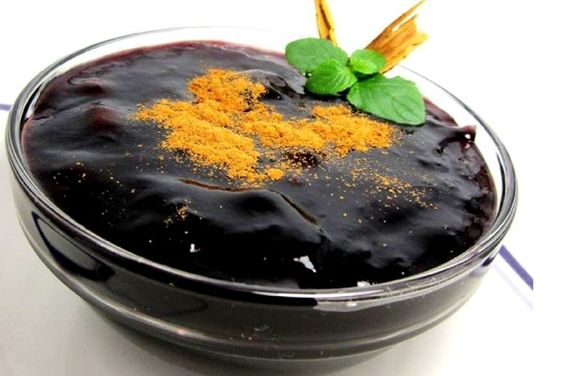
The recipe is sweetened with chancaca, solid sugar cane juice, and sprinkles of cinnamon. The result is a fragrant and delicious dessert with a vibrant purple color. Mazamorra is more than a dessert, is the memory of an ancient and rich culture.
Arroz con Leche
The rice with milk dessert is the counterpart of mazamorra morada. This rice pudding is a beloved dessert in many Latin American countries. It combines rice, milk, cinnamon, sugar, raisins, and condensed milk to create a sweet and creamy delight.
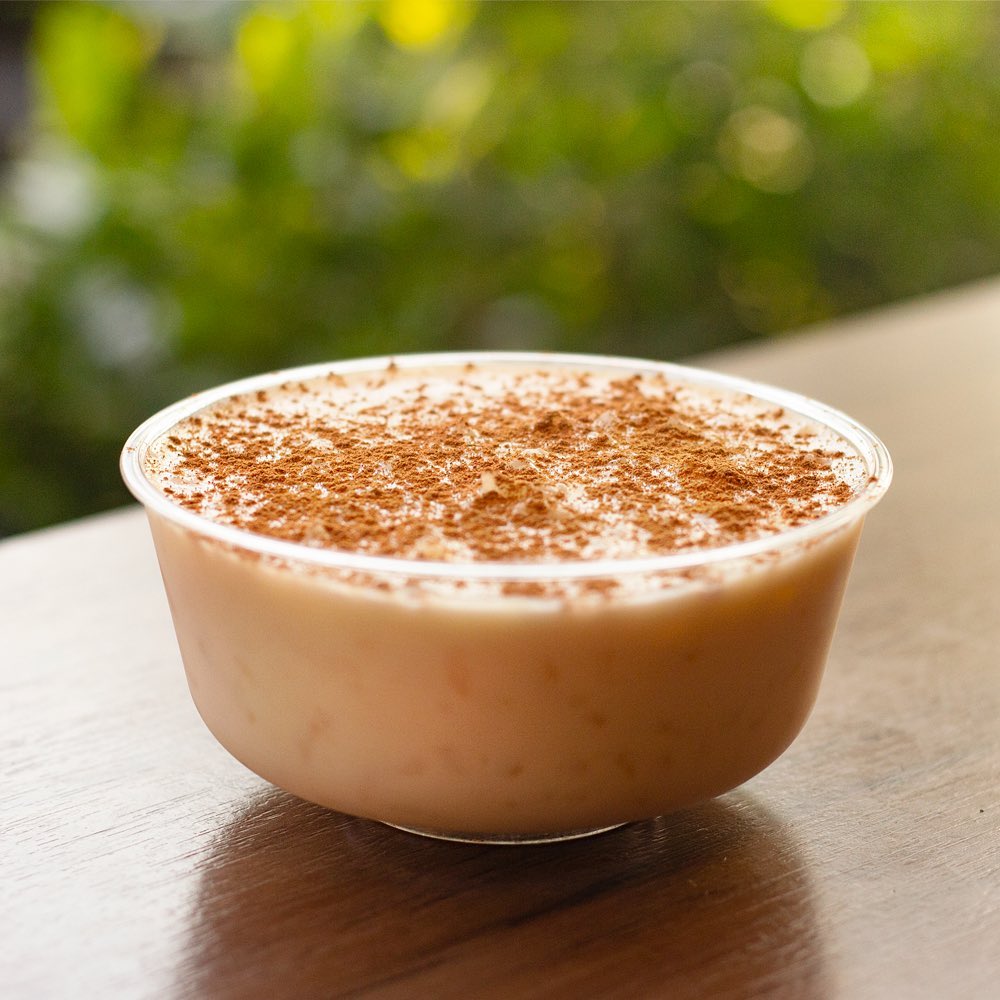
This tasty treat is perfect for parties, family gatherings, or just a special snack any day. While there are many versions around the world, making it is straightforward and enjoyable. You can serve it cold, warm, or hot, depending on what you like and the season. Don’t miss the Peruvian version while you’re here.
Tip: In Peru, we combine mazamorra and arroz con leche, we call it “el clasico,” or “combinado.” We can assure you you’ll love the explosion of flavors.
Turrón de Doña Pepa
This famous Peruvian nougat is not only tasty, but it also has a fascinating history. Mrs Josefa Martinez, an Afro-Peruvian former slave, was set free during colonial times after losing mobility in both hands. Then she traveled to Lima to take part in the Lord of Miracles parade.
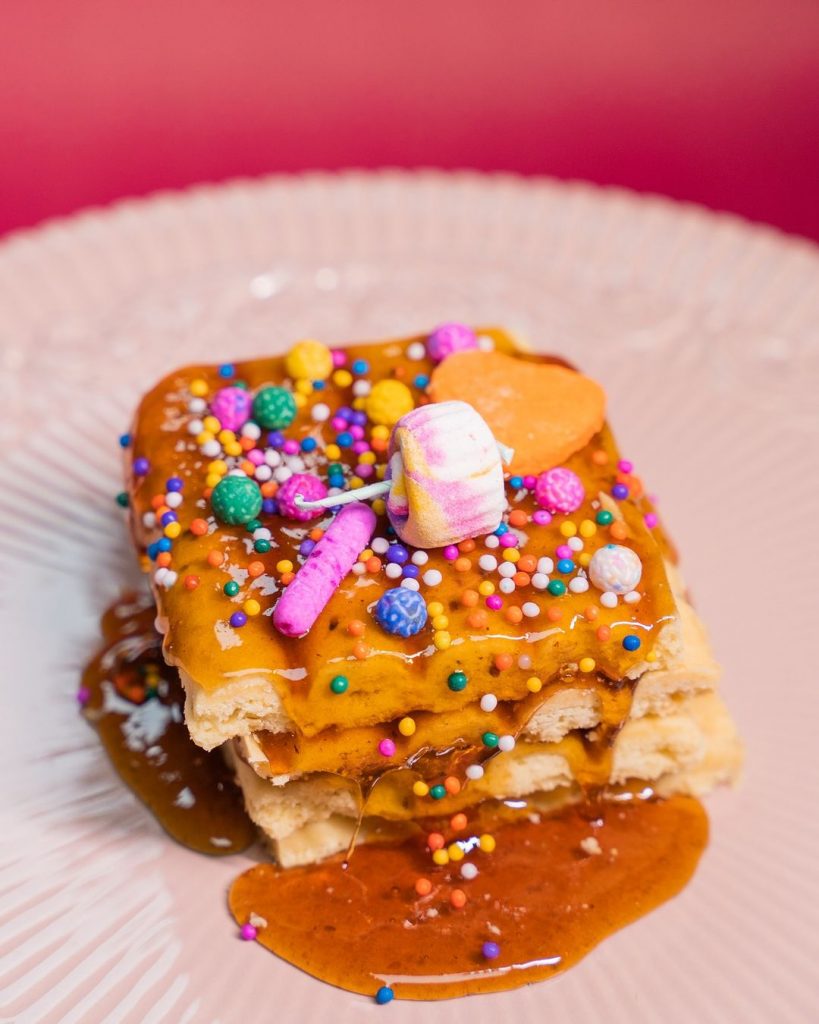
Turron de doña Pepa was born after she dreamed of a recipe for a honey and flour treat. Layers of flour and butter sticks flavored with anis are combined with honey and chancaca to make an exquisite dessert that may be enjoyed in october and throughout the year.
Picarones
This dessert also has an interesting background, as they were first made in the times of the Spanish conquest. Picarones are the Peruvian interpretation of Spanish buñuelos, but of course, picarones are way more delicious. The dough is made from Peruvian pumpkin called zapallo or sweet potato, with yeast and anise added for taste, and is molded into rings before being deep-fried until golden and crispy.

The true magic happens when they are drizzled with chancaca syrup, which is covered with spices like cinnamon and cloves. This particular combination of ingredients results in a sweet, crunchy, and mildly spicy delicacy. Each bite provides a sensory experience that makes this dessert unique.
Tip: Besides chancaca honey, you can sprinkle powdered sugar on it, or you can eat it with chancaca hone too!
Arroz Zambito
The name of this African-rooted dessert comes from” Zambo” which means people of African and indigenous ancestry due to the dessert’s brown color. This dessert has the same preparation as Peruvian arroz con leche, however, the star of this dish is cooked chancaca, sugar, and anise.
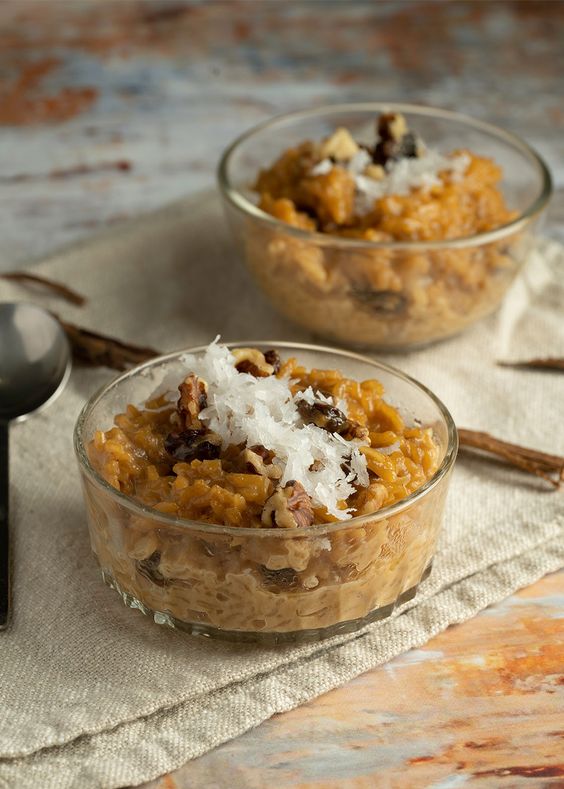
You can add sprinkled pecan nuts, nuts, or grated coconut on top. If you loved Arroz con leche, maybe you’ll love this one even more!
Suspiro a la Limeña
Also called suspiro de limeña, is one of the most popular Peruvian desserts in Peru’s sweet courses repertory. This delightful dessert truly represents Peruvian cuisine, taking its name captures the smoothness and gentle flavor that makes it so special. This lovely treat has three layers that blend beautifully together.
The bottom layer is filled with manjar blanco, which creates a rich and creamy caramel-like mixture. It tastes a bit like sweetened condensed milk, adding a wonderful sweetness. Next, we have a fluffy layer of Italian meringue on top, which gives it a light and airy feel.
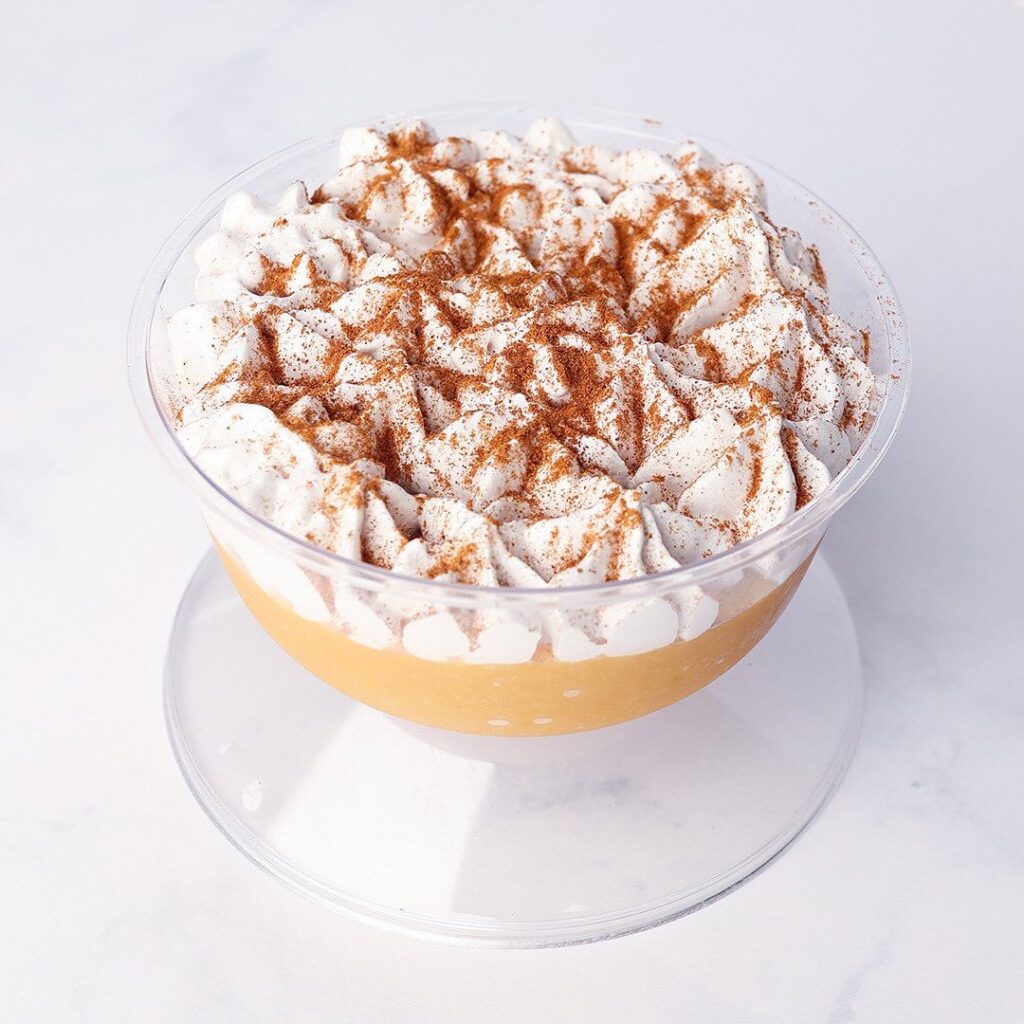
To finish, a sprinkle of cinnamon adds a lovely aroma and a touch of warmth. Suspiro a la limeña is a sweet nod to Lima and its rich culinary traditions. It’s possible that this dessert’s origin was thanks to the Peruvian poet Jose Galvez Barrenechea, around the 19th century.
His wife made him a dessert with pisco and sweet milk. After trying it the poet felt captivated, so he called it suspiro a la limeña (Lima lady sigh). Each bite is like a sigh of joy, taking you on a little journey through the charming streets of the Peruvian capital.
King Kong
We won’t talk about the huge monkey who climbed the Empire State. “King King” is also the name of a Peruvian dessert popular in Trujillo city. King Kong is a beautiful treat that will bring joy to anyone who tastes it.
Imagine an enormous alfajor loaded with a generous layer of manjar blanco, a creamy caramel-like spread, and crunchy almonds. These ingredients pair wonderfully with the crispy bread that surrounds them. The dough, composed of flour, butter, and sugar, is cooked to a lovely golden crisp.
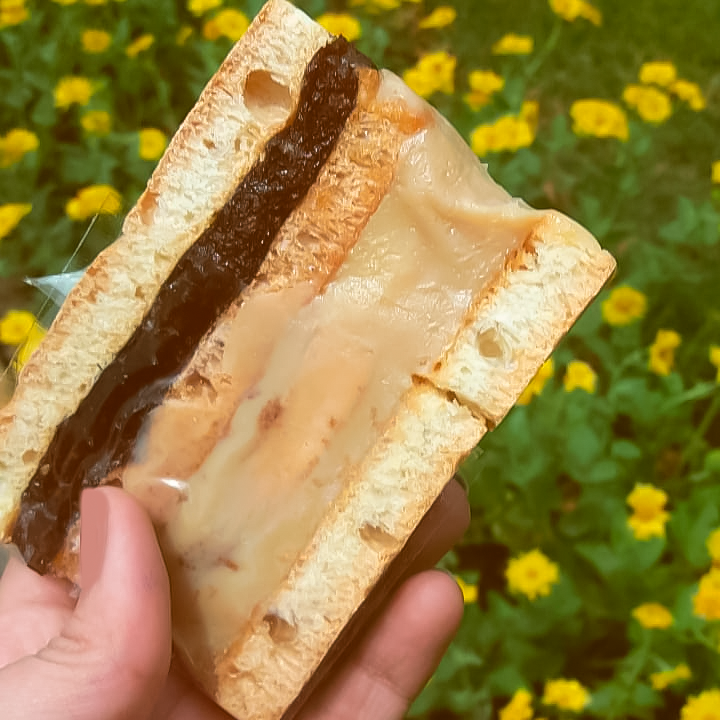
This dessert was popular in Peru’s northern part around the ’20s, when it was known as “alfajor de Trujillo.” A little later, around the 30s, the King Kong movie premiered in cinemas around Trujillo, Chilcayo, and other northern Peruvian cities.
People started comparing the size and shape of this huge sweet with the giant gorilla, getting its name since then. Although you can find circular versions of King Kong, the typical shape is rectangular.
Champu
Champu is a delightful traditional dessert from Peru that has a rich history in the country’s culinary scene. The name likely comes from the Quechua words “chapusca,” which means mixture, or “chapuy,” meaning to beat or stir.
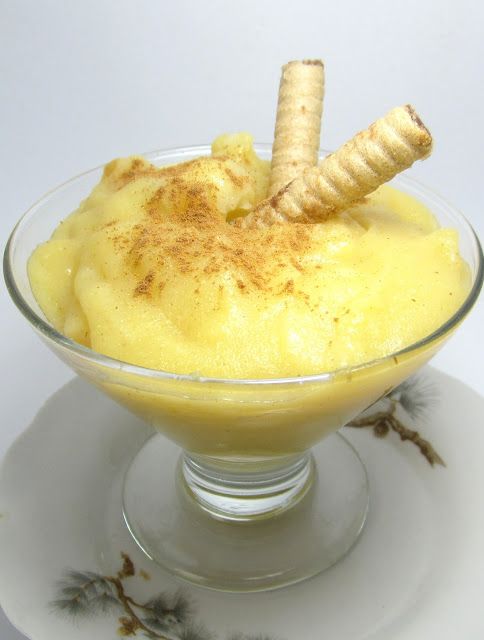
This is a perfect description because champú is a tasty blended drink made from a variety of fruits and other delicious ingredients. Although champú is also enjoyed in Ecuador and Colombia, those versions often use local ingredients, giving them a unique twist that differs from the classic Peruvian recipe.
This dessert has roots that go back to the colonial era and became especially popular during the republican period. In Lima, you could often find it sold by friendly street vendors, known as “champuceras”, who would set up in the evenings during the winter months. They would offer the drink from pots with wooden spoons, creating a warm and nostalgic experience for the locals.
Queso Helado
This traditional dessert from Arequipa means iced cheese in english. Despite its name, this traditional treat does not contain cheese; it is primarily made from cow’s milk, creating a refreshing and creamy delight. Its history dates back to the colonial era when nuns at the Santa Catalina Monastery first prepared it.
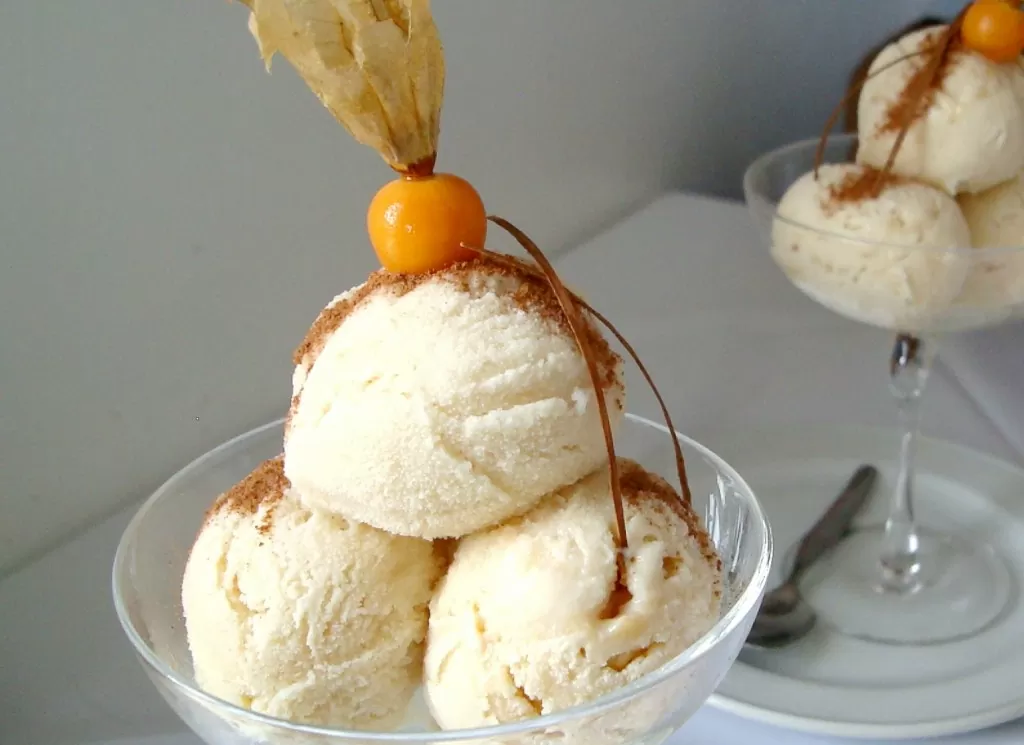
This dessert is made by freezing milk in a metal container over ice, resulting in layers that resemble white cheese. Today, Queso Helado is enjoyed in picanterías and restaurants throughout Arequipa, becoming a must-try for both locals and tourists. Its unique flavor continues to captivate palates, and it is gaining popularity worldwide.
Ranfañote
Ranfañote is a cherished dessert in Peru, and it has a wonderful history, showing how our culture has evolved. Stories from our ancestors highlight how it became a favorite at fairs and festivals. While it may not be made everywhere in the country, it still enjoys great popularity in the capital.
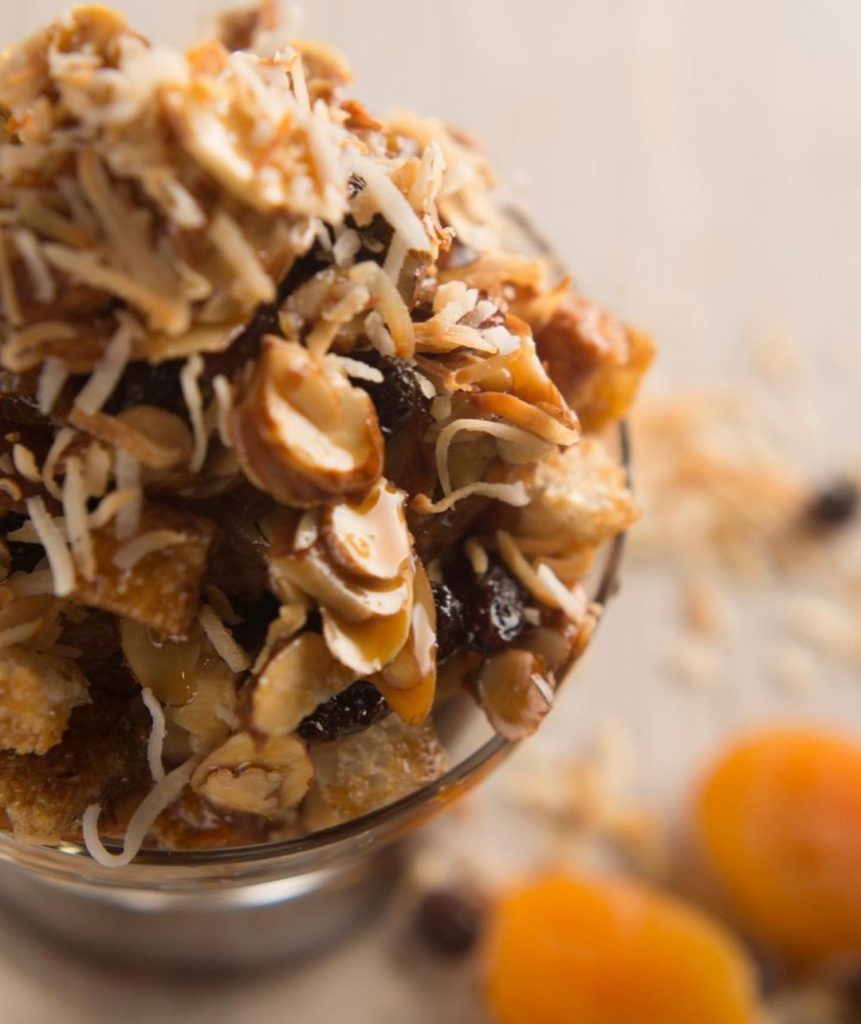
This delightful dessert features small dread bread pieces soaked in a sweet syrup made from chancaca, infused with citrus fruits and warm spices. It’s often enjoyed with nuts like walnuts, pecans, raisins, and grated coconut. Have you heard of this delicious dessert? Well, you have one more on your list of Peruvian treats to try!
We just finished this sweet journey through Peruvian desserts. We’re sure your mouth is watering after checking out all of these treats! We hope you can try them all when you visit Peru. To learn more about our food, attractions, and culture, trust in Viagens Machu Picchu.
We are a reputable travel agency, and our over 100,000 satisfied customers bear witness to our outstanding service! Contact us to plan the trip of your dreams in Peru.
Viagens Machu Picchu, journeys that inspire, moments that last.

